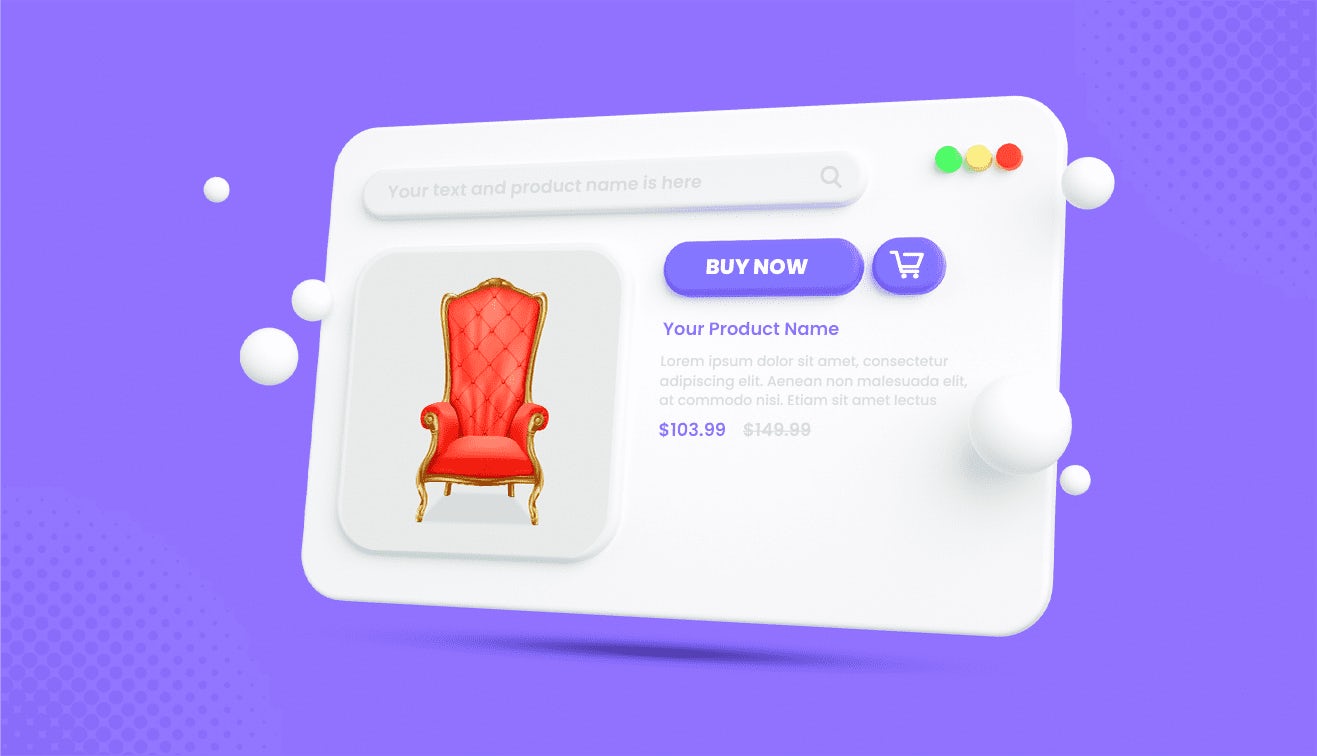As ChatGPT and voice assistants like Google Assistant and Amazon Alexa gain popularity, people increasingly use voice for their daily queries. This surge in voice usage is not just a trend but a transformative shift that will fundamentally change how customers shop online and interact with brands using voice commands, opening new business possibilities.
Recent statistics show that 72% of people use voice search through personal digital assistants, and 34% have made purchases using their voice assistants. Businesses must adapt and optimise their online stores for voice commerce to stay competitive in the evolving market.
This article will teach you about voice commerce, including its benefits and best practices for turning your online store into a voice-activated shopping destination.
What is Voice Commerce?
Voice commerce, also called v-commerce or voice-activated shopping, is when people use devices or virtual assistants that understand speech commands to search for products, make purchases, and interact with brands.
Voice commerce is revolutionising online shopping. It offers a more convenient and accessible method of shopping, using natural language and voice commands to interact with virtual assistants. It's becoming an essential part of the ecommerce industry, promising improved convenience and accessibility for shoppers.
Voice shopping enables customers to find relevant products effortlessly, add items to their shopping carts, receive recommendations for other relevant products, compare prices, track orders, complete transactions, and reorder recently purchased items. That simplifies the online shopping experience by eliminating the need for typing, scrolling, and clicking.
How to Optimise Your Online Store for Voice Commerce
Here are some valuable ways for ecommerce businesses aiming to create a smooth shopping experience with voice technology. Let's get started.
1. Optimise Your Product Pages
When optimising your online store for voice commerce, create clear and detailed product descriptions that answer potential voice search queries about features. Use simple and direct language to highlight your product's key features and benefits, making them easy for voice-controlled assistants to understand.
It's important to add specific details like colours, gender, dimensions, sizes, and other characteristics that customers might want when using voice commands. Bullet points or simple sentences highlighting your product's positive aspects are also necessary. Important information about your products should be added to the titles, descriptions, and categorisation tags.
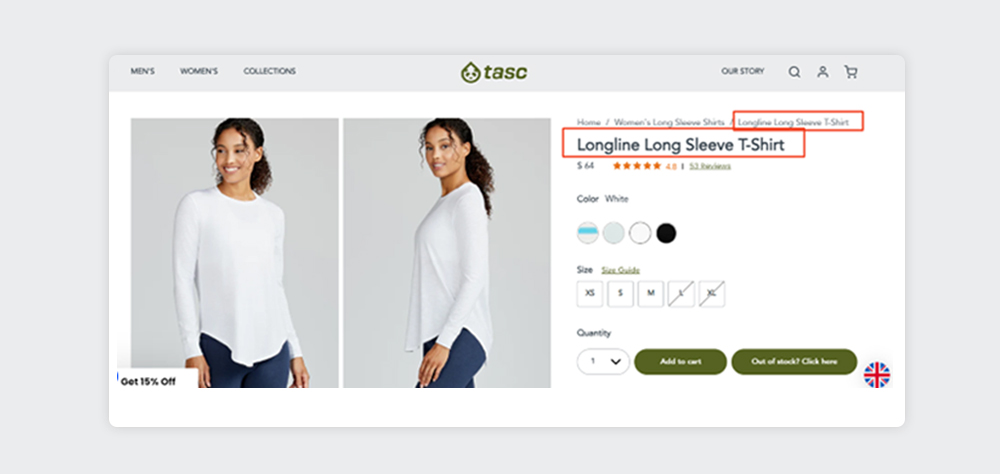
Remember to keep your product descriptions for voice assistants brief and friendly. Use words that match how people talk, and make sure your content aligns with common voice search queries.
When you share stories about your products, make sure they create a vivid and engaging picture in customers' minds. That will provide a memorable experience that encourages them to return for more.
2. Leverage Conversational Keywords and Natural Language
Understanding the distinction between voice and type search is crucial for success in the ecommerce realm. When engaging in voice search, it's vital to approach searches as conversations rather than merely written queries. We should communicate with our devices as if they were human. Identifying and incorporating the appropriate words and phrases into blog posts and product descriptions that individuals are likely to use when conducting voice-activated searches for information is essential.
Utilising conversational phrases and natural language in website content is not just a strategy; it's a necessity. Instead of relying on keyword-based strategies, consider employing a semantic approach to increase the prominence of your website's overall content in voice search. That is crucial for aligning with how people ask questions verbally and staying relevant in the voice commerce era.
People search differently when they talk than when they type. Using a search engine should be like having a conversation with another person. Your content should use natural, conversational keywords instead of robotic ones.
When working with markets like the USA or UK, remember that some services or products may have different names depending on the location. For instance, if you're selling business insurance for sole traders in the UK and want to offer this service to contractors in the USA, use the term "contractors" instead of "sole traders" to appeal to new clients and sound local.

Using semantic strategy, you should focus on questions and optimise your content using common voice-based question phrases. You can use SE Ranking to find relevant keyword questions that people are searching for the most and add them to your content. Ensure to structure your keyword research and create your content using questions and answers.
One effective way to optimise for voice search is by creating FAQ sections that match common voice-based questions. For example, Battle Born Injury Lawyers included FAQs on their homepage that make it easy for people to get quick answers to their most common questions, saving them time and providing the information they need without searching your entire website.

3. Build a Voice-Friendly Website Structure
To make your website voice-friendly, structure it intuitively and use clear headings. Ensure all interactive elements can be used with voice commands for easy navigation. That will save users time and effort by allowing them to state their needs verbally instead of manually searching.
Voice-activated buttons and links allow users to add items to their carts, complete transactions, or reorder previously purchased items. Make sure they are easy for customers to choose from or tap on their mobile devices.
Voice commerce makes websites more accessible for people with visual or physical impairments. Ensure your website is accessible to disabled people by adding voice-controlled features or keyboard-only navigation. That will help users find what they need quickly and easily without typing or clicking through menus, which is beneficial for those with difficulty using a mouse or keyboard.
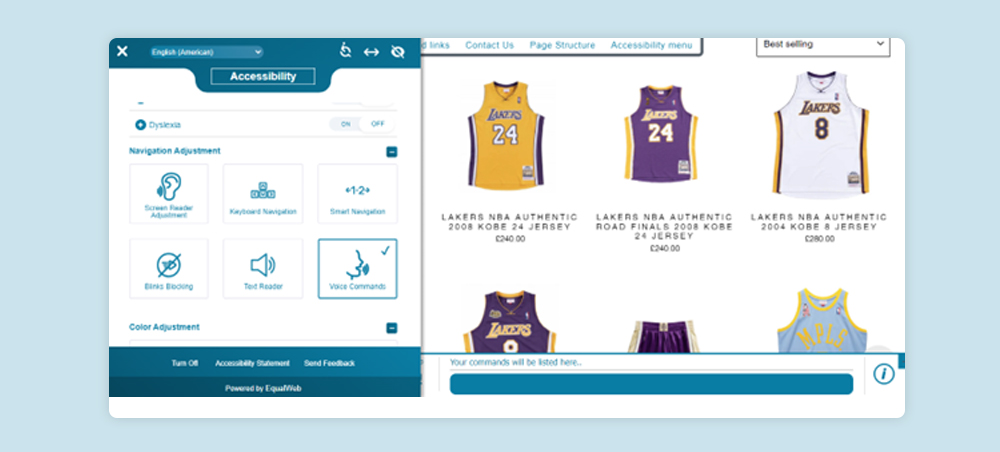
4. Improve Page Speed
Voice shopping often occurs on mobile devices, so ensuring your online store is optimised for mobile and loads quickly is crucial. People expect to find information easily; if your website pages take too long to load, customers might leave and find another site. If your web page takes a long time to load, search engines won't gather the information they need to rank your site high.
Optimise your landing pages for both voice and manual searches to increase your website's visibility. If you don't have an IT team to enhance your site speed, you can use PageSpeed Insights to identify technical issues and receive valuable tips for improving your page speed and Core Web Vitals metrics.
Page weight matters to get a good score on Core Web Vitals. So, adding voice widgets to your pages shouldn’t be more than 150KB. Otherwise, PageSpeed Insights will flag them as a heavy element to remove from pages.
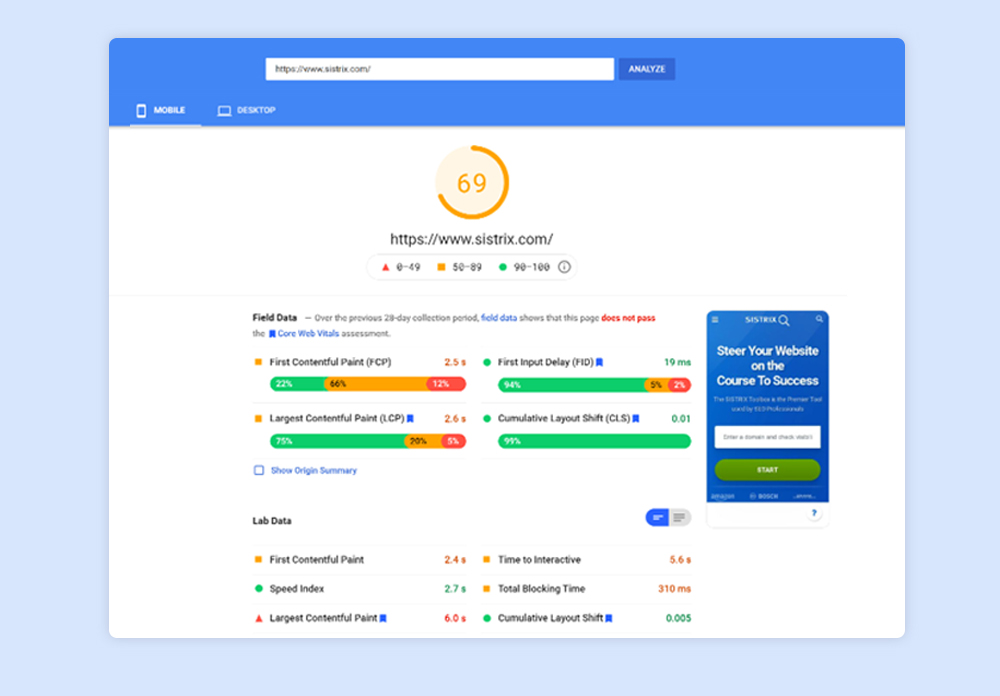
5. Integrate Voice-Based Features
Consider adding voice-based features to your online store to enhance customers' shopping experience. These could include voice-activated shopping carts, voice-based payment methods, or personalised voice skills. Additionally, offering tailored product recommendations and simplifying the checkout process can improve customer satisfaction.
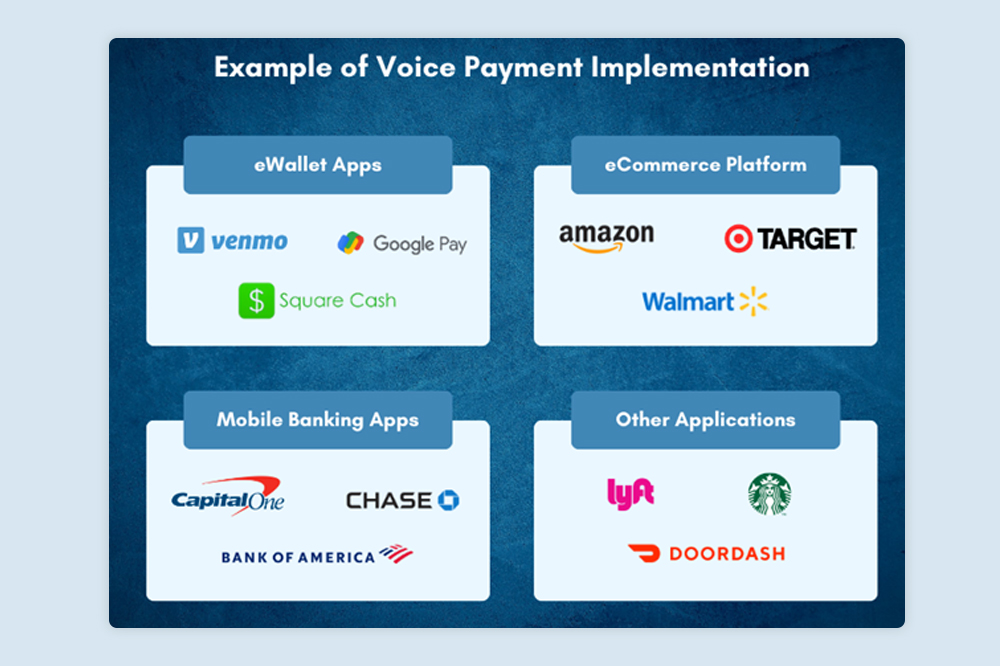
Integrating smart devices into your voice commerce strategy can enhance the order-tracking process, provide personalised voice assistance, and facilitate human-like interactions. Additionally, the integration of chatbots can offer instant customer support, improve online customer service, and create a smoother shopping journey for your customers.

6. Analyse Your Voice Performance
You must analyse financial data and customer feedback to understand how voice commerce impacts your business sales. Financial data shows the revenue from voice commerce, while customer feedback reveals people's opinions about it. Combining both sets of information lets you get a clear picture of how voice commerce affects your business.
Identify which KPIs are most important for your voice commerce. These could include average handling time, after-call work, first-call resolution rate, the next best action, customer satisfaction score, and call abandonment rate. Voice remains the primary communication channel favoured by consumers. Monitoring every metric to ensure service quality and focus on improving specific areas is essential.
Tracking the sales made through voice commands is essential for analysing voice performance. This data will help you understand how many people are using voice shopping to make purchases, and it is an excellent indicator of whether voice shopping positively impacts your business.
Customer feedback about their experience with voice shopping helps you better understand whether it works well and improves its effectiveness. Moreover, you should analyse how customers buy, or place orders using voice and look for changes in customer behaviour.
To improve your sales process, analyse the costs, resources, and time saved for your business. Stay updated on voice search trends and shopping habits to adjust your plans accordingly.
Bottom Line
More and more customers are using voice shopping, so ecommerce businesses should use this technology to improve their online stores and make them more customer-friendly. That will help companies grow, stay ahead of the competition, and give customers a smooth voice shopping experience. By following these tips, you can take advantage of voice commerce and make your online store successful.


































































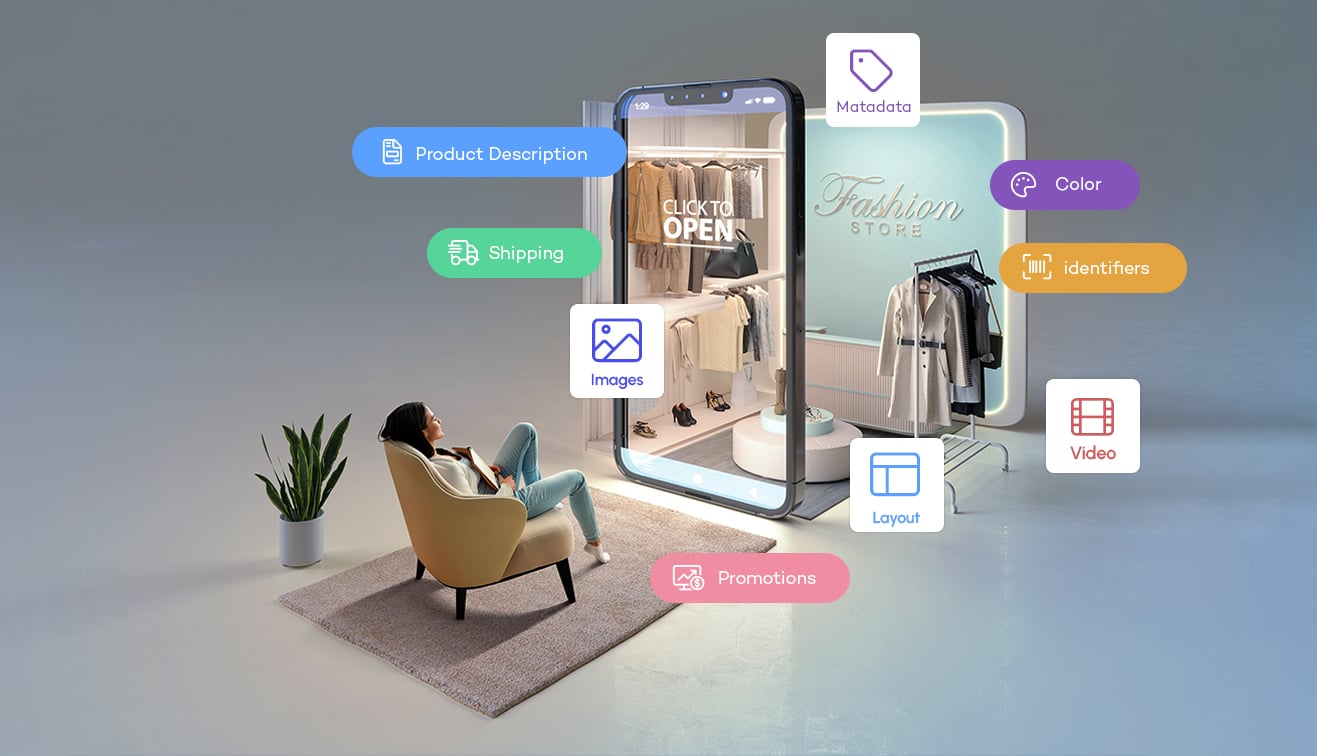



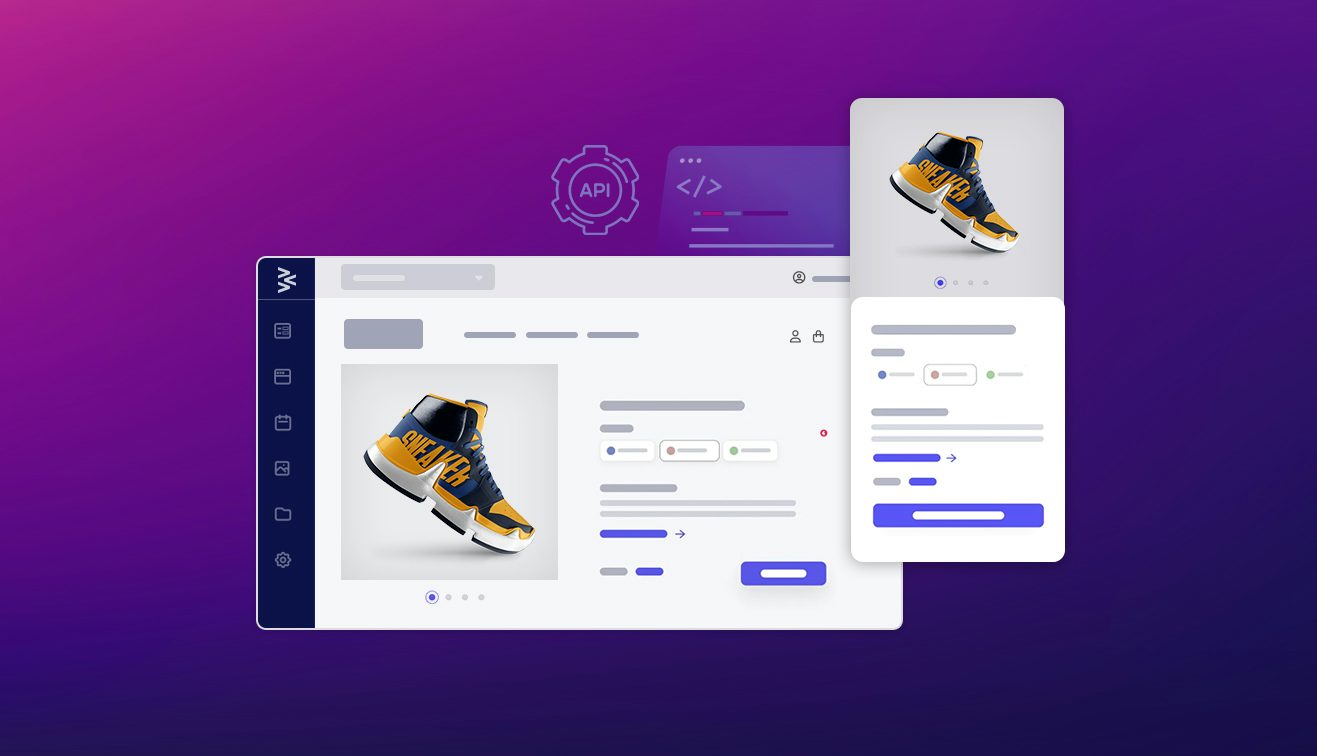





.jpg?w=3840&q=75)


.png?w=3840&q=75)




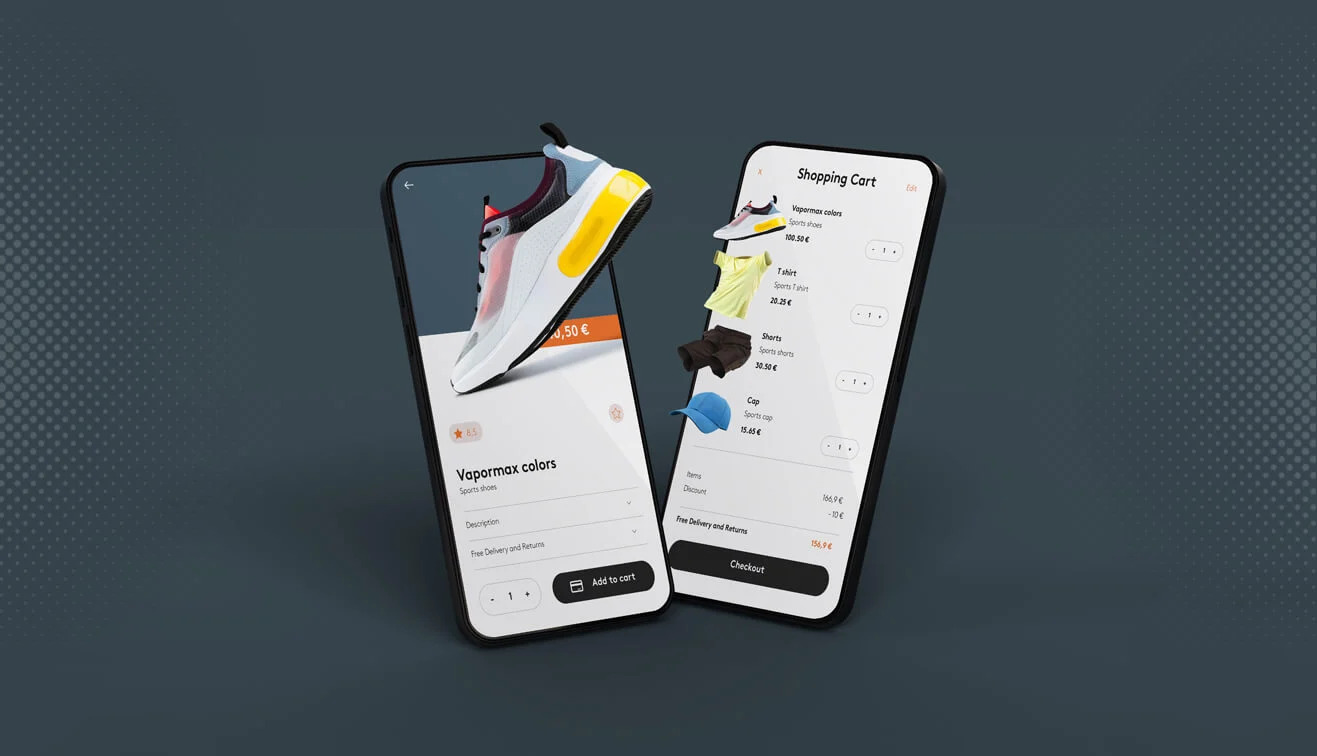






.jpg?w=3840&q=75)
